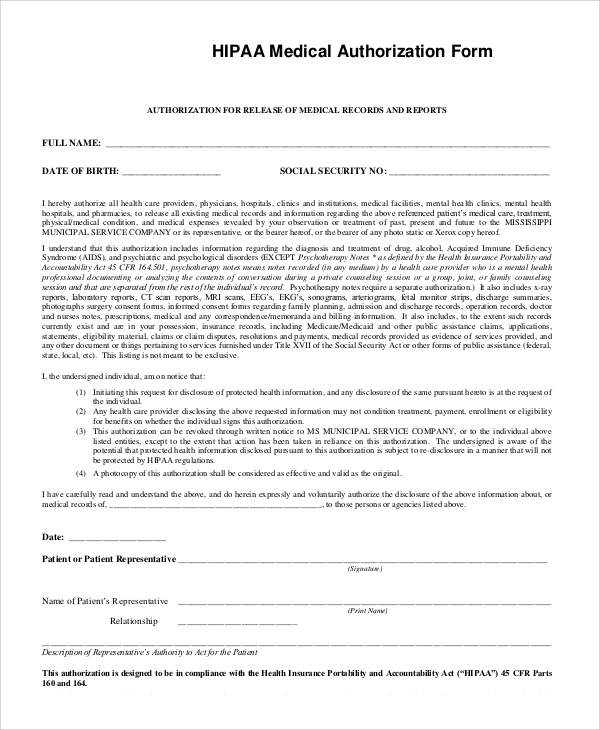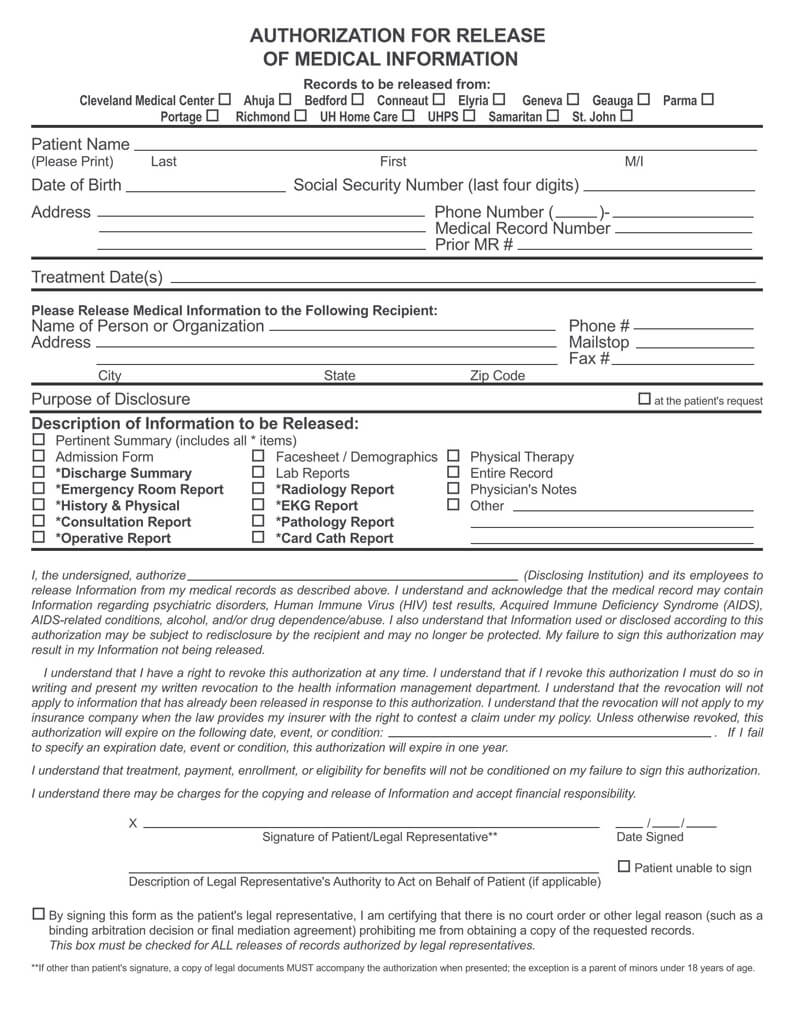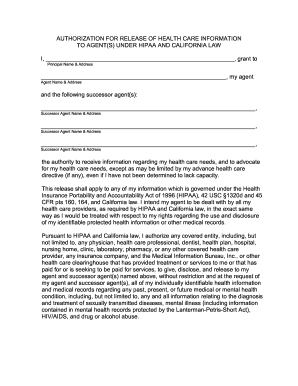



A subpoena signed by an attorney or a court clerk requires additional assurances under HIPAA. Step 2: Check if the Request Is from Another PartyĪ subpoena or discovery request signed by someone other than a judge, magistrate or administrative tribunal – most likely a court clerk or an attorney – is not a court order. The judge’s name should also be listed in print next to the signature. Practical advice: Look specifically for a checkbox or judge’s signature on the subpoena form to confirm that it’s signed by a judge and not the court clerk or attorney. (If the document you received meets these criteria, there is no need to go on to the other steps, but additional information is available at the end of this document.) However, remember to disclose only the information expressly requested, and nothing more.įor example, if the subpoena asks for records relating to a specific date of service, only send records from that day and not the patient’s whole record. If you receive a court order or a subpoena that is signed by a judge, magistrate or administrative tribunal, or is a grand jury subpoena, you must disclose the requested information. Step 1: Check if the Request Is Signed by a Judge This article offers guidance about what to do and what not to do after being served with a subpoena or request for documents including PHI. However, the consequences of responding incorrectly to a request can be even more severe than those of ignoring it altogether. Once a subpoena is received, don’t ignore it, but also don’t immediately disclose the records, as you could be in violation of HIPAA or state privacy laws and face severe penalties. If a request for medical records comes via subpoena, discovery request or any other court order, the provider must not ignore it. Healthcare providers are aware that HIPAA and state privacy laws restrict the disclosure of protected health information (PHI) to third parties.



 0 kommentar(er)
0 kommentar(er)
